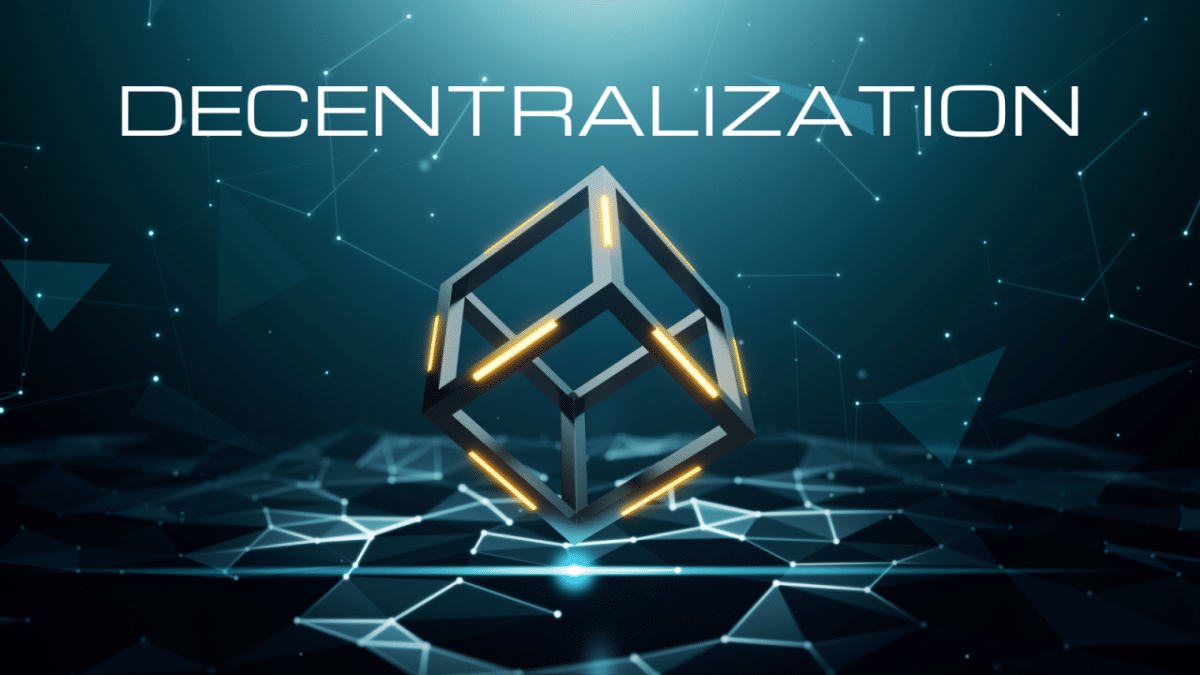Contents
- In Simple terms, what is Blockchain?
- Data Decentralized and Transparent using blockchain technology
- What is Decentralization?
- Blockchain technology’s decentralization
- Transparency
- An illustration of how the Blockchain ensures trust and transparency
- Combatting corruption and inequality using blockchain
- Conclusion
In Simple terms, what is Blockchain?
A blockchain is a particular kind of database used to store data and has a wide range of applications. Managing supply chains is another application of blockchain technology. For instance, a business might use a blockchain to record the many components that go into a product and the actions taken during the production process. It could guarantee that the goods are manufactured effectively and sustainably using high-quality ingredients. Decentralized and Transparent are two essential elements for any online transaction to take advantage of its capacity. The usage of Blockchain in voting systems is yet another potential use. A voting system that is challenging to manipulate and enables individuals to check the correctness of the results might be made using a blockchain because it is secure and transparent. It might make it simpler for people to have confidence in an election’s outcome and contribute to increasing public trust in the political process.
Data Decentralized and Transparent using blockchain technology
Blockchain technology is frequently linked to the realm of cryptocurrencies and Bitcoin. However, many new applications are emerging to use its capacity to ensure two essential elements for any online transaction: decentralized and transparent. It indicates that blockchain technology might impact every industry, not just the financial and banking sectors or payments. Decentralization answers to a contemporary logic of exchanging data no longer owned by a single central body and is inherent to a non-centralized register or decentralized Ledger.
The so-called Distributed Ledger, which implements the decentralized archive paradigm, allows multiple subjects to share the same data and function as distributed authorities. It finds its most sophisticated manifestation in the so-called, which has no central instance at any level. In reality, Blockchain & Distributed Ledger is the name of the relevant Observatory at the Politecnico di Milano School of Management.
What is Decentralization?
The ability to make decisions is decentralized, for instance, through local elections. Decentralization of network infrastructure is a further development. They are connected and share information. Decentralization of decision-making can guarantee that the participants in a particular ecosystem have a say in how a project is run. The ultimate alignment of interests is produced in this way.
The goal of decentralized and transparent network infrastructure is to separate the operating entities within a network. Lowers the possibility of a single point of failure. Additionally, it subtly distributes the potential power of any one entity.
Blockchain technology’s decentralization
Blockchain technology offers a variety of methods to prevent data loss, including the replication of the database or its Duplication. It employs a distributed database that operates concurrently on numerous computers rather than a single server.
A significant shift from a central system owner of the validation of each transaction to a Distributed Consensus approach, where all participants in the chain must collectively agree on the operations carried out, is introduced by the decentralization of the Ledger, as observed by the Observatory in any affected economic sector.
With a double asymmetric key, each person can independently submit information modifications to the network of nodes. Still, these changes can only be committed once they have been confirmed and approved by every other participant. Because of this, the term “Shared Ledger” is also used to refer to the peer-to-peer model at the chain’s core and the group of algorithms capable of controlling the gathering of participant consensus.
Transparency
Decentralization must be complemented by transparency. In reality, transparency is a type of decentralization because it allows for inspection and decision-making by the influence of the observer.
An illustration of how the Blockchain ensures trust and transparency
Because all participants can see the transactions committed to the Blockchain, decentralization and complete data transparency go hand in hand. It will suffice to refer to one of the most promising industries where Blockchain can be used, Agri-food, to appreciate transparency’s function in a system based on widely used cryptographic technologies. Traceability is a crucial criterion in the agricultural and food industries supported by the law.
A process that allows all actors (producers, packaging businesses, operators logistics and transport, etc.) to take specific actions (orders, shipping, vehicles, etc.) while continuously sharing any pertinent information (qualities, quantities, dates, values, etc.) with all others is required to ensure that the “history” of a food product, for example in the processing industries, is transparent and consistent from the supply to the packaging and final distribution to the market.
The Distributed Ledger and Blockchain technologies can support this process and provide. As a result, the suitability of the steps the product has taken and the reliability and immutability of the information delivered. These ideas are the cornerstones of transparency and are directly related to safeguarding data against the dangers of manipulation or alteration.
Combatting corruption and inequality using blockchain
Governments worldwide are investigating the possibility of regulating blockchain and crypto asset technology to protect customers from exploitation by dishonest people. However, because this technology aids in the fight against inequality and corruption, these same regulators stand to gain from its use.
Conclusion
In this post, we discussed how blockchain technology may affect various businesses, not just those related to finance and banking or payments. Decentralization responds to a modern data exchange logic inherent in the idea of a non-centralized register or decentralized Ledger but no longer owned by a single central body.

